Europe's moment: advancing clinical research and health innovation
Next event In person & online

- Area of Expertise
- Sustainable Livelihoods
Sustainable Livelihoods

Madis Tiik was CEO of the Estonian eHealth Foundation from 2007 to 2011
The success or failure of our present healthcare systems depends to a large degree on developments in eHealth.
Technological innovation and associated new business models can make a tremendous difference to the lives of patients and the work of doctors in the near future. But to understand that future, we need to understand the past and present. How has ‘Health 3.0’ evolved from ‘Health 1.0’?
Different countries are at different stages of development, so this process is not based on time but on how and to what extent information is used, analysed, and shared.
Health 1.0 is the first stage of digitalisation: the transition from paper to paperless. The now widely-deployed electronic medical record (EMR) is a digitalised version of the traditional paper-based individual medical chart. It contains all clinical and medical data history of a patient in a single facility such as a clinic, a GP office or a hospital. It is used by healthcare providers to manage and monitor care delivery within the facility.
At the same time, there are different devices and services that individuals can use to collect data for their own personal health records (PHRs). At this stage they are stand-alone solutions with a single device or service having its own data storage.
Most developed nations are currently in Health 2.0, the integration stage, where different systems are able to interact and share data. Once healthcare organisations have adopted complete EMR systems, an electronic health record (EHR) can be implemented, accessible instantly and securely among multiple healthcare facilities within a community, region, state or, in some cases, a whole country.
The first precondition for Health 3.0 is a personal health account fully managed by citizens themselves
EHRs are longitudinal patient-centred records that contain the full health profile of a patient (or more accurately, sickness profile since they primarily carry medical history), starting from their first admission or attendance to a medical facility. The sickness episodes of patients are documented in the EMR and shared among medical professionals through the EHR.
The primary aim of the EHR is automation of tasks, data-sharing between healthcare providers, integration and streamlining of healthcare provider’s workflow. It is very important to ensure that information generated in an EHR is accurate and available at all times. PHRs on different devices and services are more sophisticated at this stage, but their data is still separated from EHRs.
Health 3.0 is the personalisation stage. The first precondition for Health 3.0 is a personal health account (HA) fully managed by citizens themselves. It will combine data from EHR and PHR service providers.
Most importantly, the HA must be easy for them to manage. This requires a unique international health account number (IHAN) that is based on clear and open standards, allowing data to flow seamlessly from different providers. It would operate similarly to the IBAN system that facilitates cross-border transactions in the banking sector.
Health 3.0 will generate faster and smarter action to cure and prevent disease by using algorithms, computer power and machine learning elements
The second precondition is consent management. When a citizen decides to use a service, they must also give a certain level of consent to the service provider. This could be solved using the MyData model, which “equips individuals to control who uses their personal data, to stipulate for what purposes it can be used and to give informed consent in accordance with personal data protection regulations. It makes data collection and processing more transparent and it helps companies or other organisations implement comprehensive privacy protections.
Health 3.0 will generate faster and smarter action to cure and prevent disease. It will use algorithms, computer power and machine learning elements to analyse, collect and interpret the ever-increasing amount of data being generated. With these new tools, genomic data can be added to the mix. As knowledge about every individual grows, the possibility of personalised care becomes more real.
Artificial intelligence (AI) can help identify problems and suitable services, which will lead to faster cures. In the Health 3.0 future, decision support systems will be in the hands not only of healthcare providers, but also of users as tools for self-care. People will be able to decide for themselves which data to share and which services they need the most. The role of the GPs will evolve towards health coaching, working with AI to assist people in their treatments.
We have come a long way, but there is still a long way to go in creating real personalised care. What is clear is that Health 3.0 has the potential to revolutionise how people think about their health and medical care.
This article is part of Friends of Europe’s upcoming discussion paper ‘Disruptive models of healthcare for Europe’, which brings together the views of Friends of Europe’s large network of health professionals, policymakers, scholars and business representatives on disruptive innovation for health. This discussion paper closes a series of three high-level roundtables that Friends of Europe organised last year to examine the steps needed to create “disruptive models” for overhauling and improving healthcare systems across the EU.
Next event In person & online

Past event In person & livestreamed
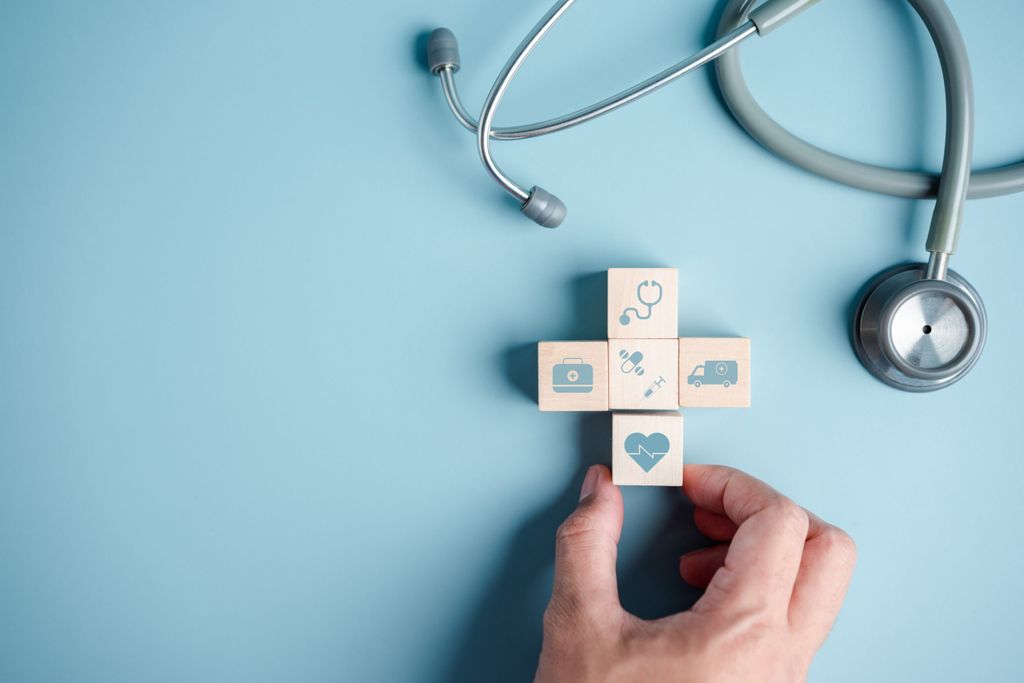
Past event In person
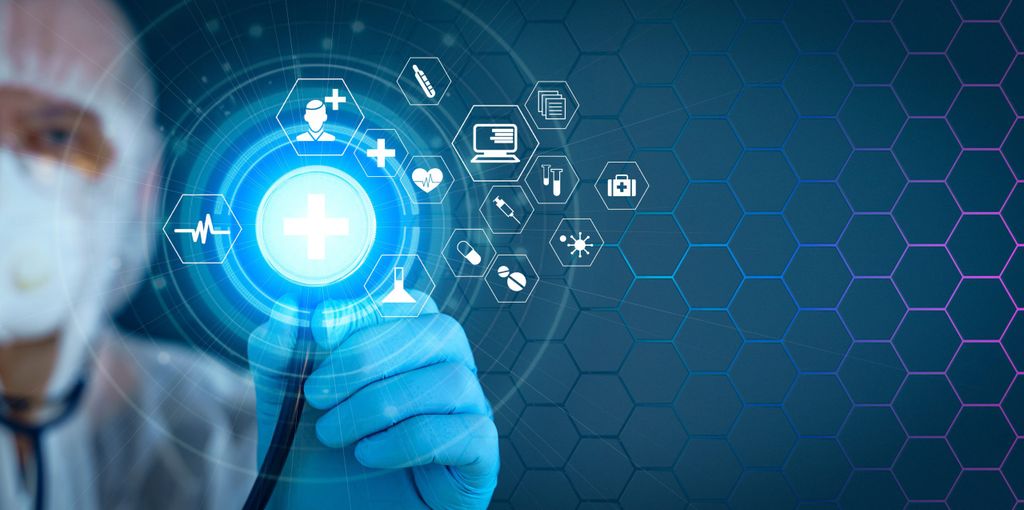
Past event In person & livestreamed
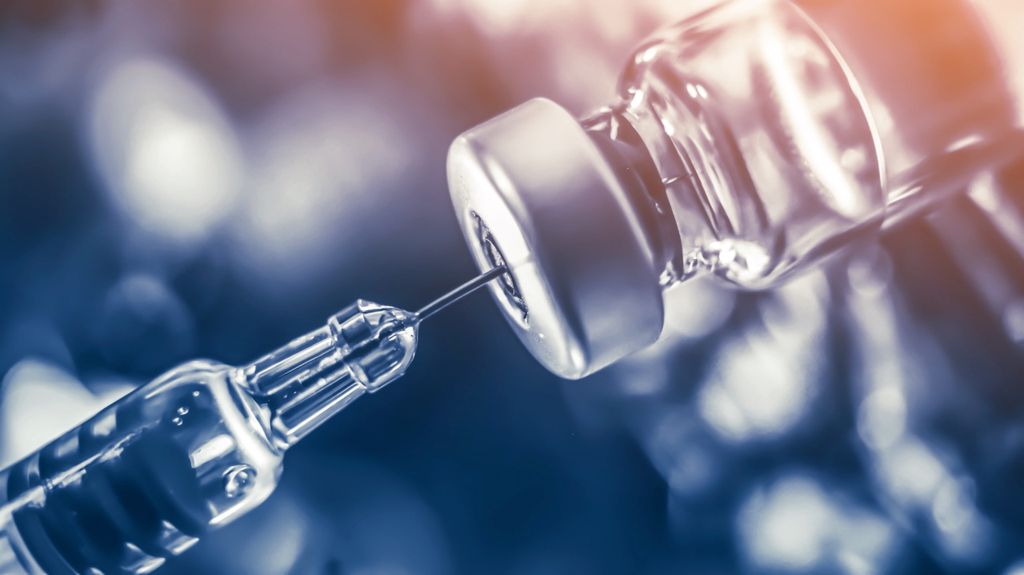

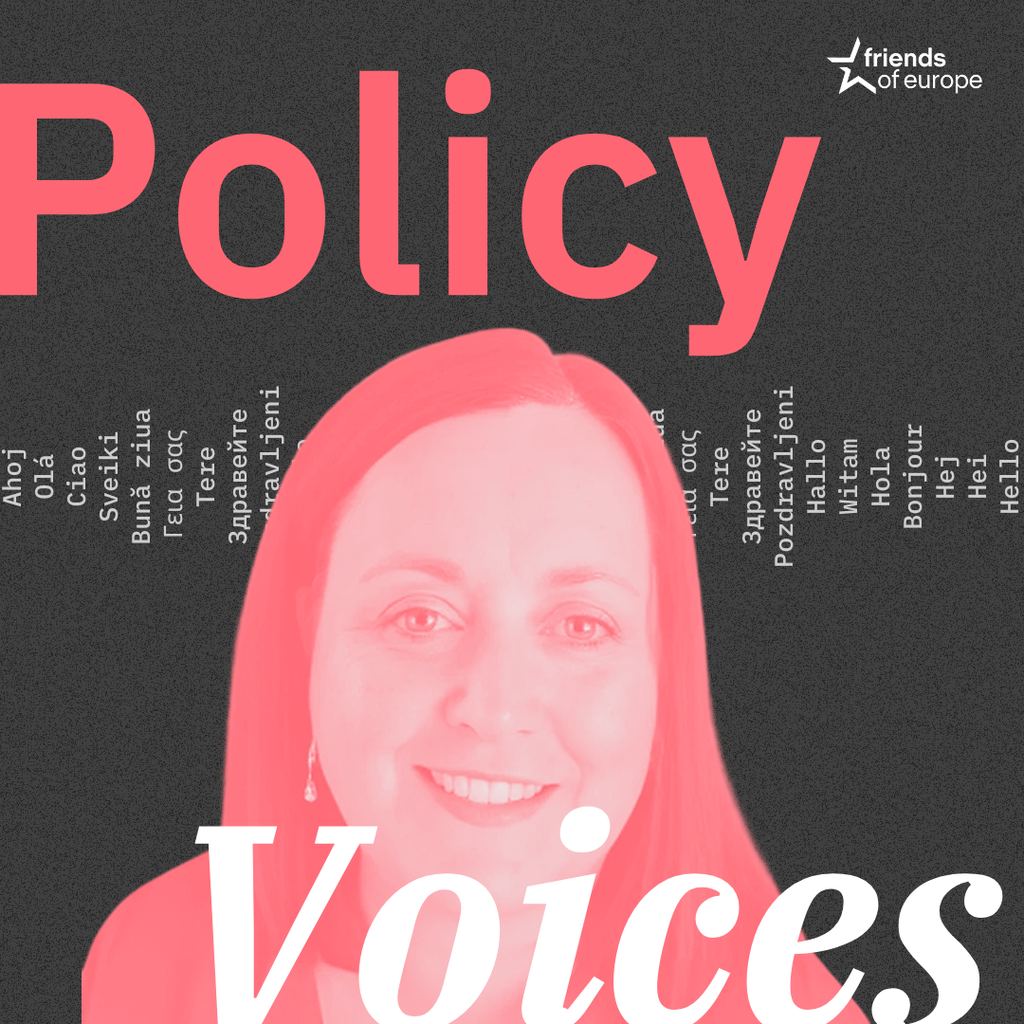

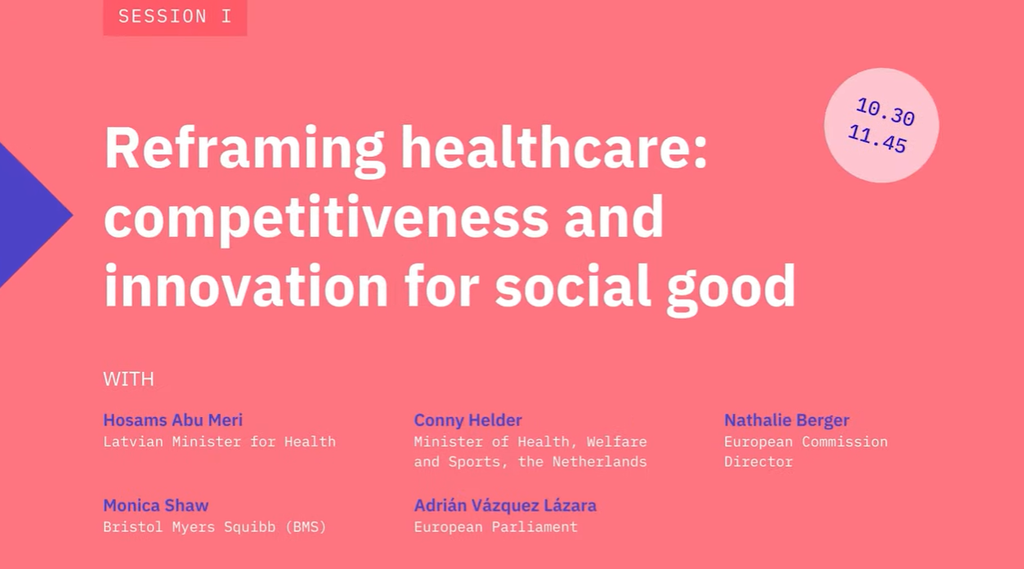
Stay informed
We use cookies and similar technologies to adjust your preferences, analyze traffic and measure the effectiveness of our campaigns. Learn more about our privacy policy.